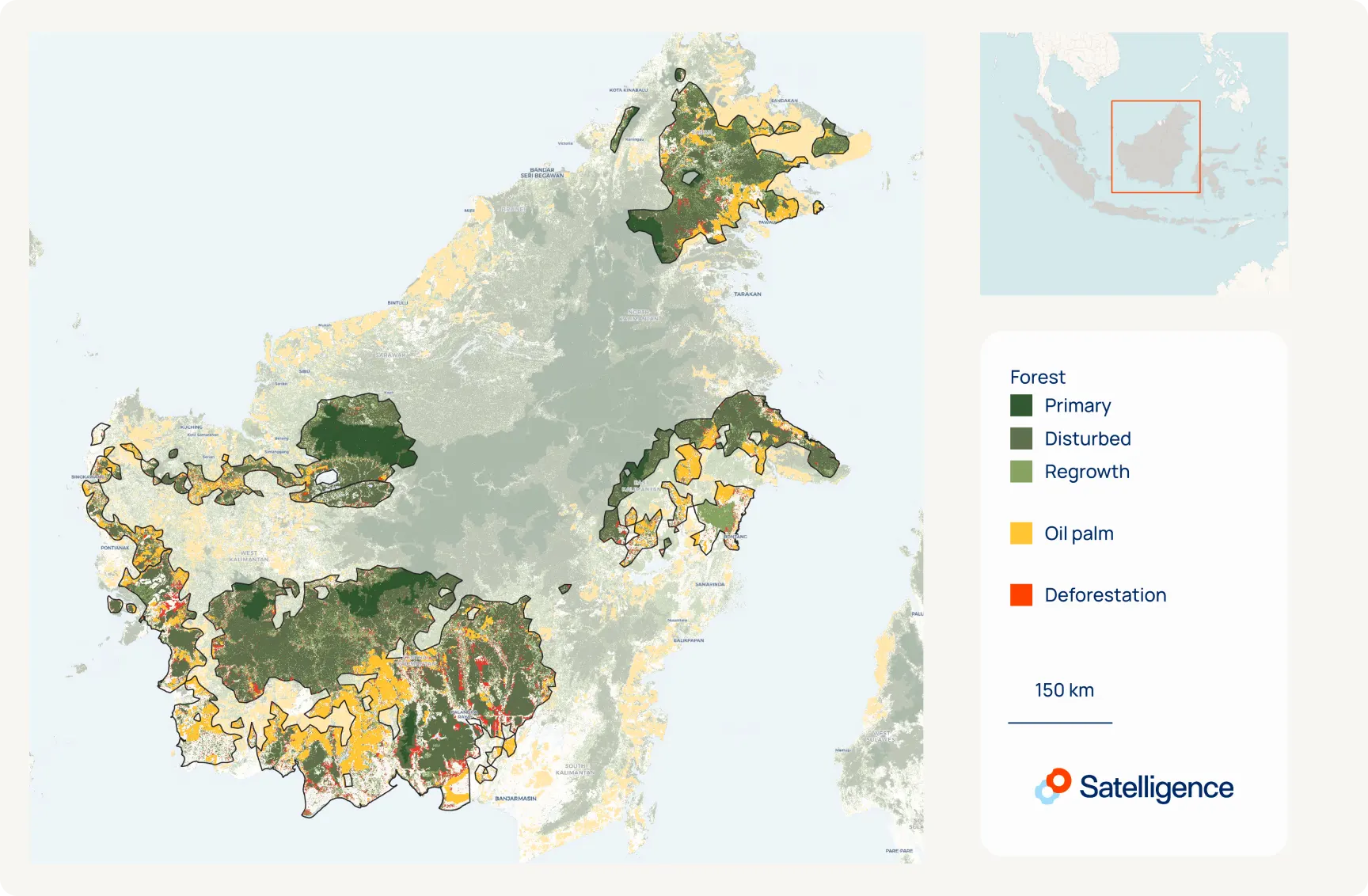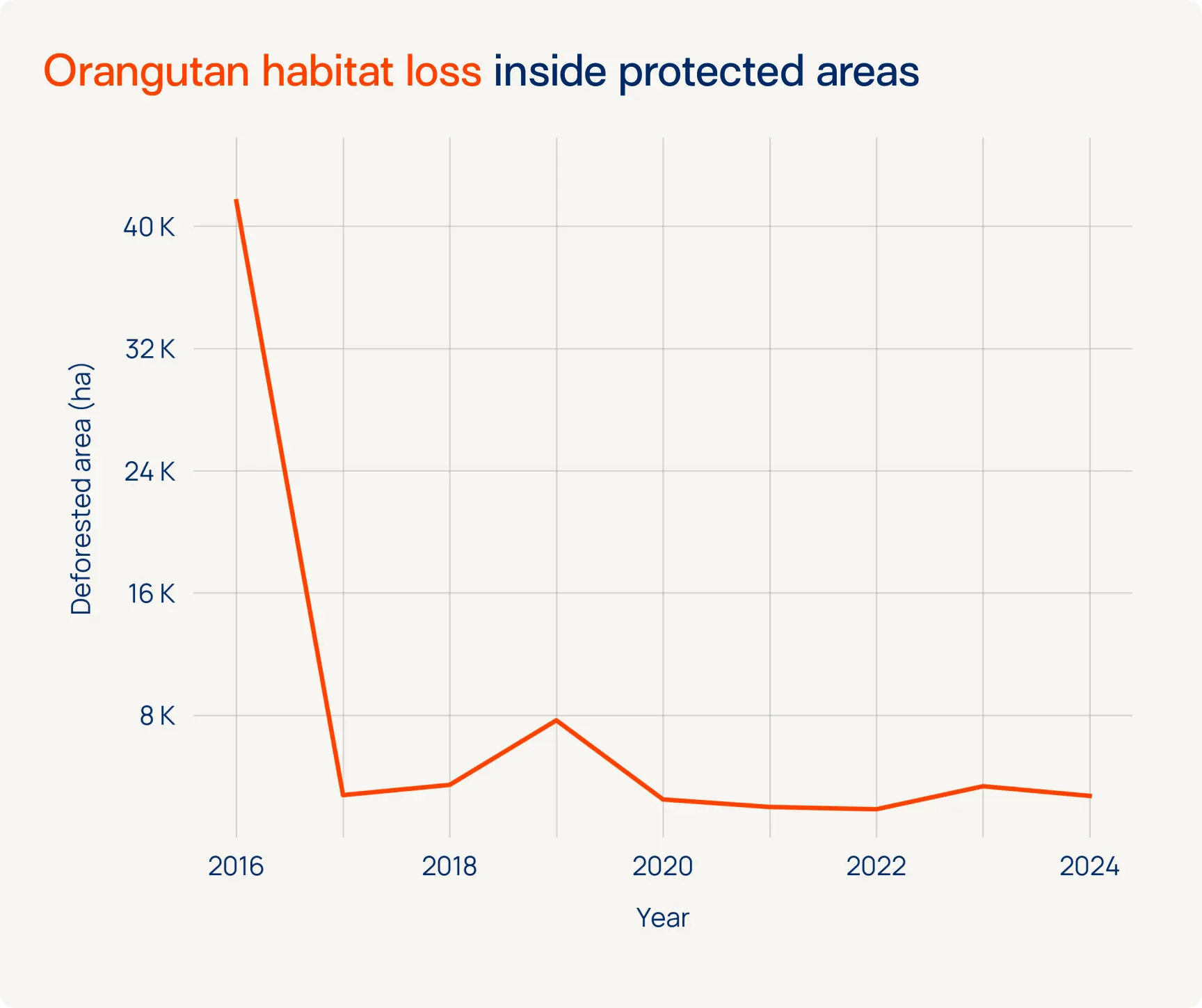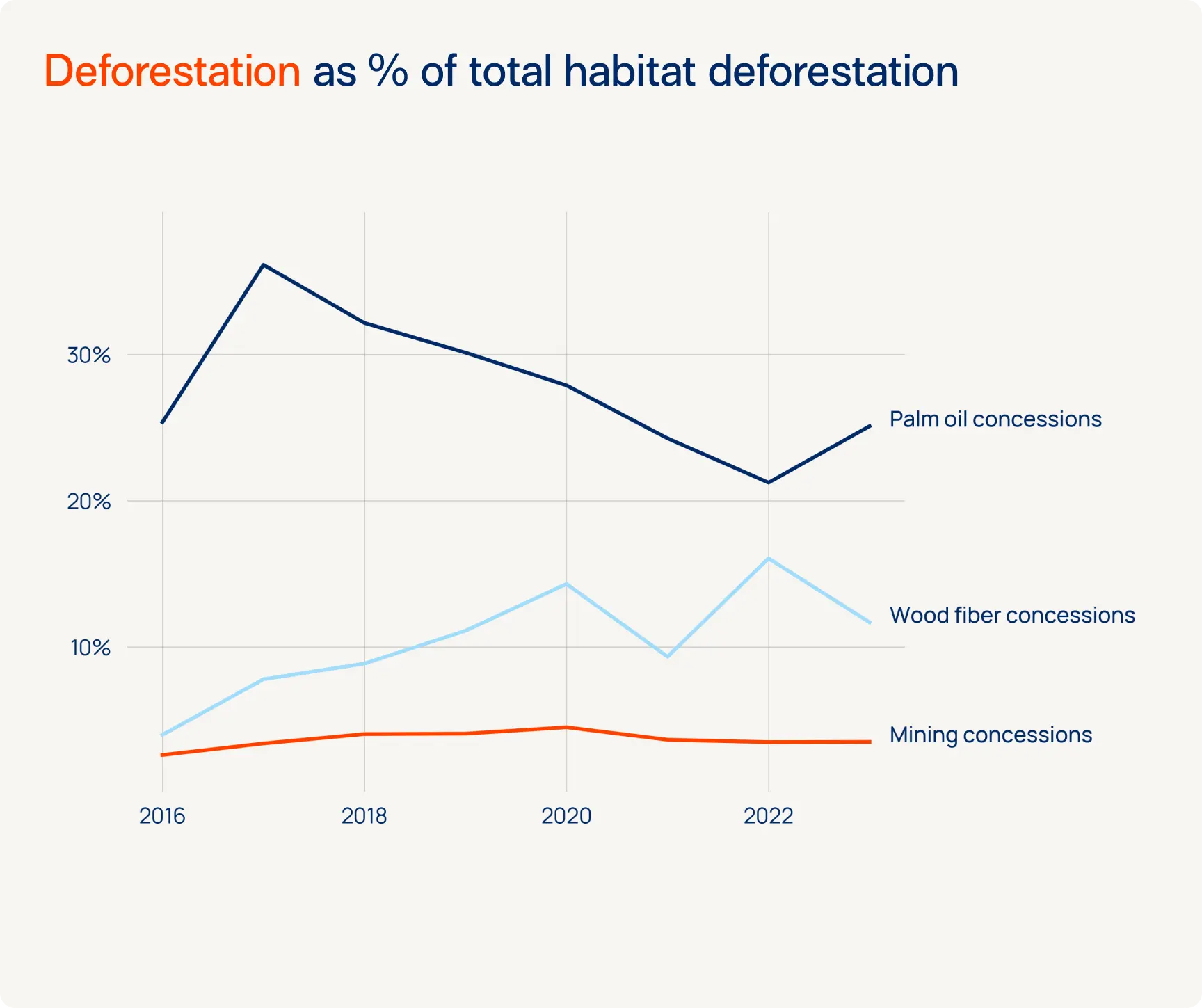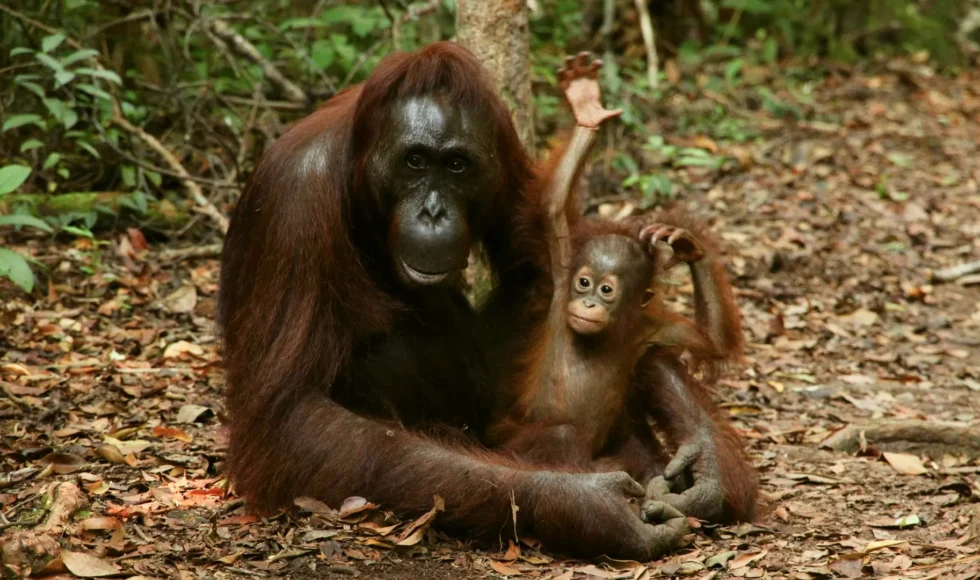Image by Fabrizio Frigeni via Unsplash
As climate change accelerates, one thing has become clear: saving our planet’s biodiversity isn’t a side mission. It’s the frontline. Healthy ecosystems are critical for climate stability, absorbing carbon, buffering us from extreme weather, and keeping air, water, and soil healthy. When biodiversity takes a hit, nature loses its power to protect us. And that affects everyone, from local communities to global industries.
So, what does this mean for your supply chain?
In this article, we’re diving into why biodiversity conservation—especially in habitats home to species like the critically endangered orangutan—could hold the key to both climate goals and business resilience.
Biodiversity = Climate Stability
Biodiversity isn’t just a catalogue of plants and animals; it’s the backbone of life as we know it. It sustains essential processes like carbon storage, water purification, and soil health. When biodiversity is strong, these processes work smoothly. When it declines, the planet’s resilience breaks down—along with the resources that support the modern economy as we know it.
For industries reliant on natural resources, such as agriculture, the loss of biodiversity can disrupt supply chains, drive up costs, and threaten long-term sustainability. That’s where species like the orangutan become crucial.
Known as the “gardeners of the forest,” orangutans play a critical role in maintaining tropical forest health by spreading seeds and enabling forest regeneration. These forests, in turn, act as significant carbon sinks, helping to regulate the climate.

Overview of forest, oil palm plots, and deforested areas in the context of orangutan habitat extent in Borneo in 2024.
However, orangutan habitats in Southeast Asia, particularly in Borneo and Sumatra, are rapidly disappearing. Industries like palm oil, wood fibre, and mining are expanding into these biodiverse regions, leading to widespread deforestation. As orangutans lose their forest homes, we lose an important ally in regulating our climate—and the effects reach far beyond these forests.
The good news? This trend is turning around.
Since 2016, deforestation in orangutan habitats inside protected areas has been on the decline. Local partners, companies, and conservation groups are coming together to protect and restore these critical ecosystems. Thanks to these efforts, habitat loss is slowing down.
As of 2024, the orangutan habitat extent within protected areas across Borneo and Sumatra is still 86% forested. We found that over 3.78 million hectares (Mha) of forest are still intact within these protected areas that overlap with orangutan habitat extent.

Deforestation of orangutan habitat within protected areas in Borneo and Sumatra between 2016 and 2024
Active conservation efforts through monitoring and collaboration driving positive change are now even more important as companies and governments work to meet global biodiversity targets, especially the conservation of 30% of land and the prevention of species extinction.
Real-Time Data: Empowering Your Business to Act with Confidence
For businesses with supply chains intersecting biodiversity hotspots, conservation isn’t just an ethical choice; it’s a smart strategy. Protecting critical habitats requires precise, actionable data on land use and biodiversity impacts. This is where real-time monitoring comes in.

Percentage of deforestation attributed to specific industries relative to total deforestation
With high-resolution, real-time data, you can pinpoint deforestation and habitat degradation—even in remote or hard-to-monitor areas. Over 42% of concessions within orangutan habitat areas are still forested, and these insights empower informed sourcing decisions that help protect and preserve vital habitats. We see that across palm, mining, and timber concessions in Borneo and Sumatra there are 3.6 Mha of forests still intact within the orangutan habitat extent. This is a significant conservation opportunity for climate and supply chain resilience.
This data puts your business in control, enabling you to adjust sourcing strategies, collaborate with certified sustainable suppliers, and engage suppliers in high-risk areas where habitat loss is still occurring.
Embracing a Nature-Positive Future
Sustainability isn’t just a buzzword — it’s a business imperative. Consumers, investors, and regulators are demanding action, with frameworks like the Taskforce on Nature-related Financial Disclosures (TNFD) gaining traction. These frameworks push companies to integrate biodiversity conservation into their core strategies, making it an essential component of responsible business practices.
The intertwined challenges of biodiversity loss and climate change call for innovative, data-driven solutions. The destruction of habitats like those of the orangutan is a critical issue for environmental and economic stability. Advances in data and monitoring can help companies be more responsive, targeted, and impactful than ever before.
The path ahead is clear: with the right commitment and tools, businesses can protect vital ecosystems, strengthen supply chains, and contribute to global climate and biodiversity goals.
The time to act is now for a future that is nature-positive.
